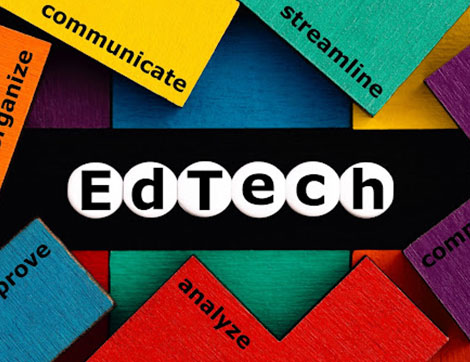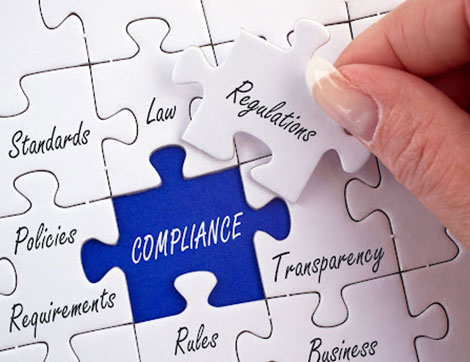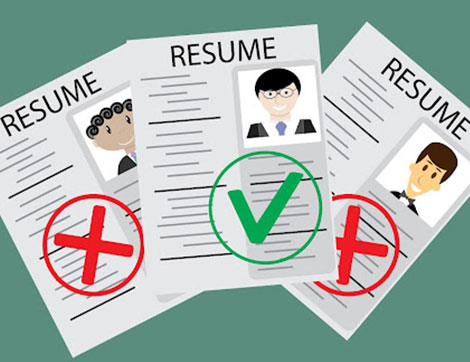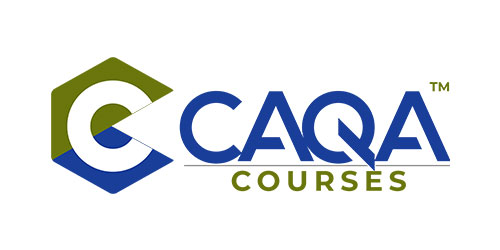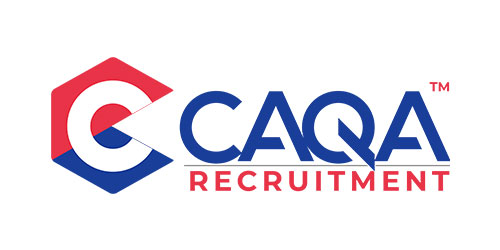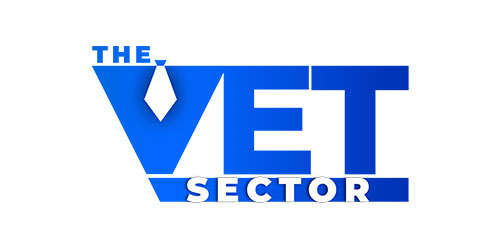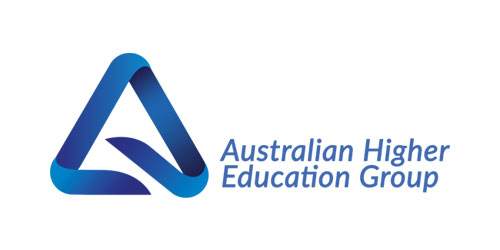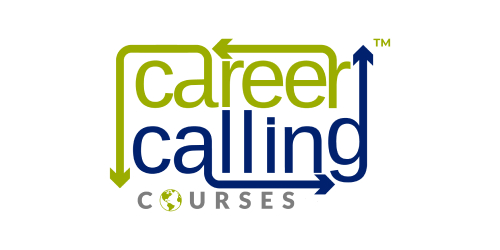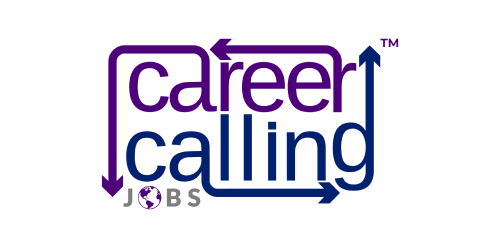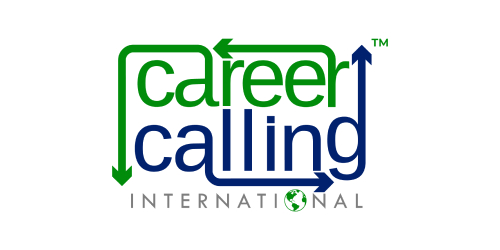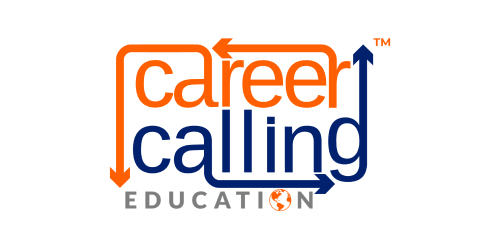
News

A question that has been asked over and over again is “do we need a mapping document”? We hope you will find this information relevant.
A mapping document is a detailed blueprint, required for all assessment tasks. It is used by the trainer and assessor when they are mapping the assessment with training package requirements. The mapping exercise enables RTOs to identify gaps in the assessments, which in turn helps the RTO administrators improve the delivery and assessment of training products.
What is assessment mapping and how does it work?
Assessing the effectiveness of an assessment against each component of a unit of competency is the basic concept behind assessment mapping. The goal and objective are to ensure that the assessment can effectively collect evidence from learners when they complete the unit of competency.
The assessment mapping process requires you to:
- Understand and write down all the training package criteria that should be assessed
- Include all the types of assessments required to assess learner’s knowledge, skills and ultimately competency
- Assess the validity of the assessment against the assessment conditions
The assessment is mapped to the following aspects of the training package:
- Assessment conditions
- Elements and performance criteria
- Performance evidence
- Knowledge evidence
- Foundation skills
An assessment mapping document should be able to answer questions such as:
- What does the unit assess?
- How long will the assessment take?
- Are there any pre-assessment requirements?
- What is the intended outcome of this assessment?
- How many assessment activities and tasks are there to assess the student’s knowledge and skills in this unit of competency?
- Has each of the criteria been assessed more than once (if once is not explicitly specified)?
- What are the strategies to address any gaps where something is only assessed once?
- How has the assessment been customised or which AQF level is the unit of competency used for?
- Does the assessment address and operate under the assessment conditions?
- What is the sequence in which these tasks are to be completed?
Mapping is the most effective way to assess the effectiveness of one assessment against each component of a unit of competency.
When mapping documents are used correctly, they can be an invaluable tool for development and review. Mapping documents provide a framework for understanding how assessments work, who will be using them, what skills are being assessed by each component of the assessment, and how those skills are grouped across disciplines and levels of difficulty.
Additionally, mapping documents provide an opportunity to show auditors how assessments work from start to finish. If done correctly this helps to demonstrate that all aspects have been covered in the assessment development and implementation processes.
Checking that your assessments cover the requirements of the unit and also that you are not over-assessing or under-assessing is an important step in completing your assessment.
Assessment mapping is an industry-standard practice for course developers, RTO administrators, trainers and assessors and auditors. It documents the assessment requirements for qualification and how unit requirements have been mapped against them. The assessment mapping is therefore used as a tool to show how assessment aligns with a set of skills or competencies as required according to training package criteria. It provides evidence that a unit meets regulatory requirements if it includes an appropriate number of skills from each category, which will vary according to AQF competence level, training package requirements and course types.
What are the regulatory guidelines about assessment mapping?
In order to meet the requirements of applicable standards, training packages, and approved courses, registered training organisations (RTOs) must employ a methodology to ensure assessments are complete and cover what is required, however, ASQA does not dictate or specify any particular template with its regulatory guidelines and practices.
While RTOs must demonstrate the validity of their assessment methods, they have a wide range of options for how they choose to accomplish this.
A mapping document can help you identify all the skills and knowledge that are needed for the training product. It can also help you identify the level of complexity of each skill, which is important for course planning, development revision, and implementation.
What are our views from our industry practices and experience?
One of the most important documents in the compliance process is a comprehensive and correct mapping document. We strongly believe that irrespective of what is the regulatory point of view we should always have and maintain a mapping document.
We at CAQA always create a mapping document first before planning the design and development of any assessment or learner resources. Please contact us via email at info@caqa.com.au if you require any additional information about our quality processes.
 1800 961 980
1800 961 980 info@careercalling.com.au
info@careercalling.com.au



